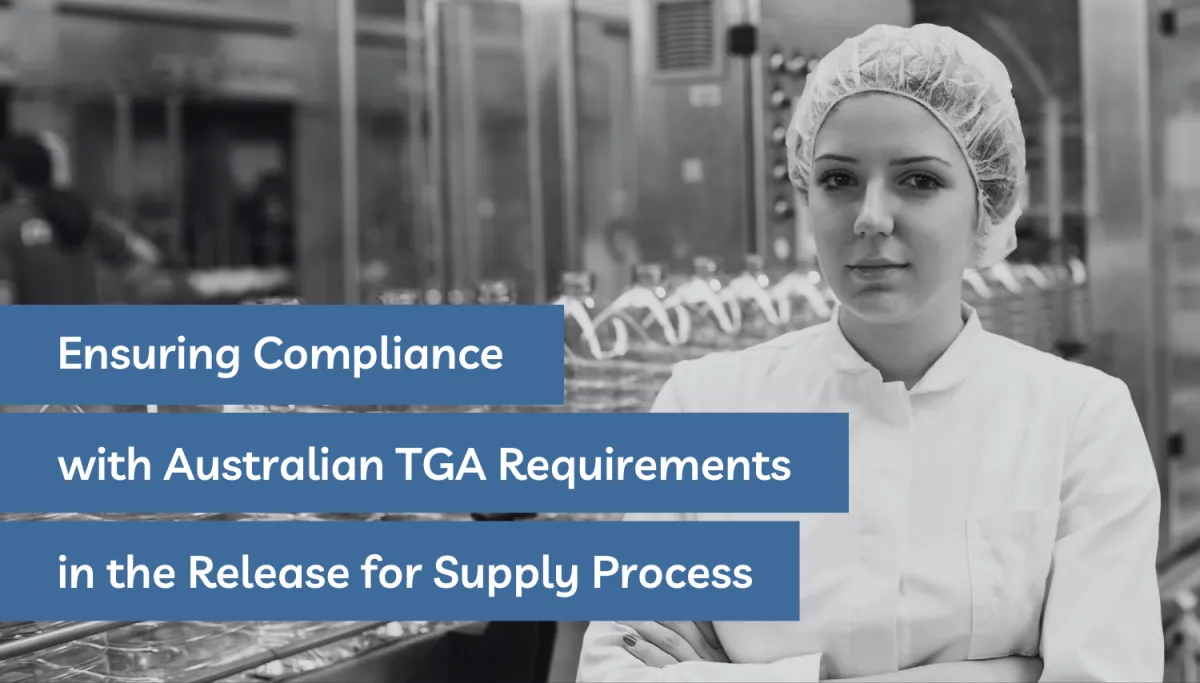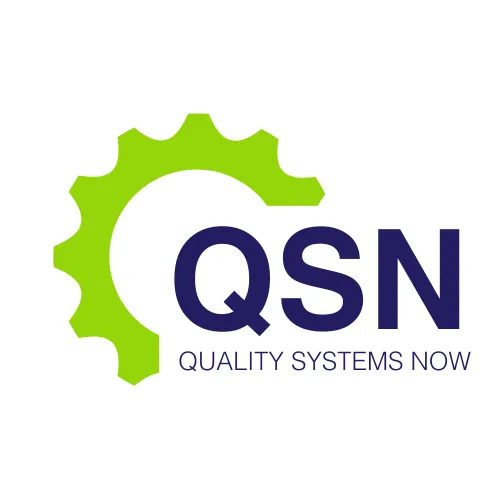LATEST NEWS

Ensuring Compliance with Australian TGA Requirements in the Release for Supply Process
In pharmaceutical manufacturing, compliance with national and international guidelines is paramount to ensure product safety, efficacy, and quality. In Australia, the Therapeutic Goods Administration (TGA) oversees the regulation of therapeutic goods, including pharmaceuticals. A critical aspect of this regulatory framework is the Release for Supply (RFS) process, which ensures that medicinal products meet the stringent quality standards before they reach the market. This article delves into the RFS process, its significance in pharmaceutical manufacturing, the key guidelines from the TGA, and the evolving expectations under the Pharmaceutical Inspection Co-operation Scheme (PIC/S) Good Manufacturing Practices (GMP).
Understanding Release for Supply (RFS) in Pharmaceutical Manufacturing in Australia
Release for Supply (RFS) is a pivotal stage in the pharmaceutical manufacturing process. It involves the final verification and certification that each batch of a medicinal product complies with all necessary quality specifications and regulatory requirements before it is distributed for sale and use. The RFS process is designed to ensure that only products of the highest quality reach consumers, thereby safeguarding public health.
Understanding the PIC/S GMP Expectations
The Pharmaceutical Inspection Co-operation Scheme (PIC/S) is an international organization that aims to harmonize GMP standards and enhance cooperation among regulatory authorities. Australia, as a member of PIC/S, follows the PIC/S GMP requirements for RFS, including:
Compliance with GMP principles: Manufacturers must adhere to the principles of GMP as outlined by PIC/S, which cover all aspects of production, from raw material procurement to final product release.
Quality risk management: A systematic approach to quality risk management is essential, identifying potential risks to product quality and implementing measures to mitigate these risks.
Comprehensive documentation: Detailed documentation is required for all manufacturing processes, quality control procedures, and RFS activities to ensure traceability and accountability.
The Role of the Authorised Person
In the context of the RFS process, the Authorised Person (AP) plays a critical role. The AP is responsible for certifying that each batch of a medicinal product complies with all relevant quality standards and regulatory requirements before it is released for supply. The AP must possess the necessary qualifications, experience, and training to undertake this responsibility.
Through QSN Academy, Quality Systems Now offers an overview of requirements for RFS and the AP - check out Authorised Person Training.
Responsibilities of the Authorised Person
The key responsibilities of the AP include:
Batch certification: Reviewing all relevant documentation and test results to certify that each batch meets the required quality standards.
Compliance verification: Ensuring that all manufacturing processes, quality control procedures, and documentation comply with GMP standards and regulatory requirements.
Decision-making authority: The AP has the final authority to release or reject a batch based on the review of quality data and compliance status.
New PIC/S Annex 16 Requirements
TGA has recently adopted version 15 of the PIC/S GMP, including Annex 16, which is new for the Australian industry. Previously, the TGA had specific guidance documents used to define the RFS process in Australia. By adopting PIC/S version 15, these guidances have been replaced and industry must now follow PIC/S Annex 16.
PIC/S Annex 16 requirements are very similar to the TGA's previous guidance for RFS and the AP. Some of the differences under Annex 16 include:
Enhanced focus on quality risk management: The revised Annex 16 emphasizes the importance of a proactive and systematic approach to managing quality risks throughout the manufacturing process.
Detailed batch certification requirements: The requirements for batch certification have been clarified, with a focus on ensuring that all relevant quality data is reviewed and verified before release.
Greater accountability for the Authorised Person: The AP is required to have a deeper understanding of the manufacturing processes and quality control procedures, and must be actively involved in ensuring compliance with GMP standards.
The Release for Supply (RFS) process is a cornerstone of pharmaceutical manufacturing in Australia, ensuring that only products of the highest quality reach consumers. Compliance with TGA guidelines and PIC/S GMP expectations is essential to maintain product safety, efficacy, and quality. The role of the Authorised Person is critical in this process, as they are responsible for certifying that each batch meets all necessary standards before release. The new requirements under PIC/S Annex 16 further underscore the importance of quality risk management and comprehensive batch certification. By adhering to these guidelines and continuously improving their quality management systems, pharmaceutical manufacturers can ensure compliance, enhance product quality, and protect public health.
